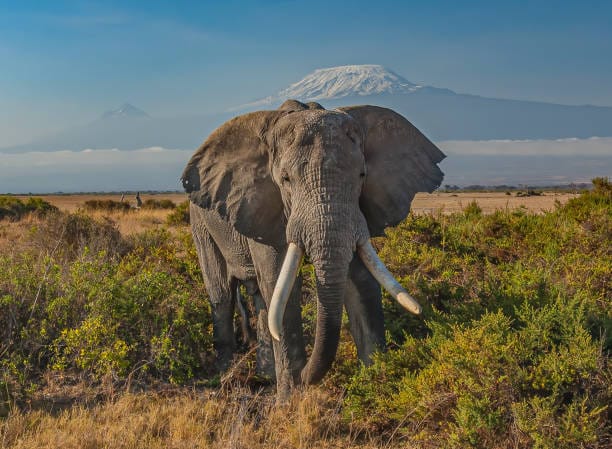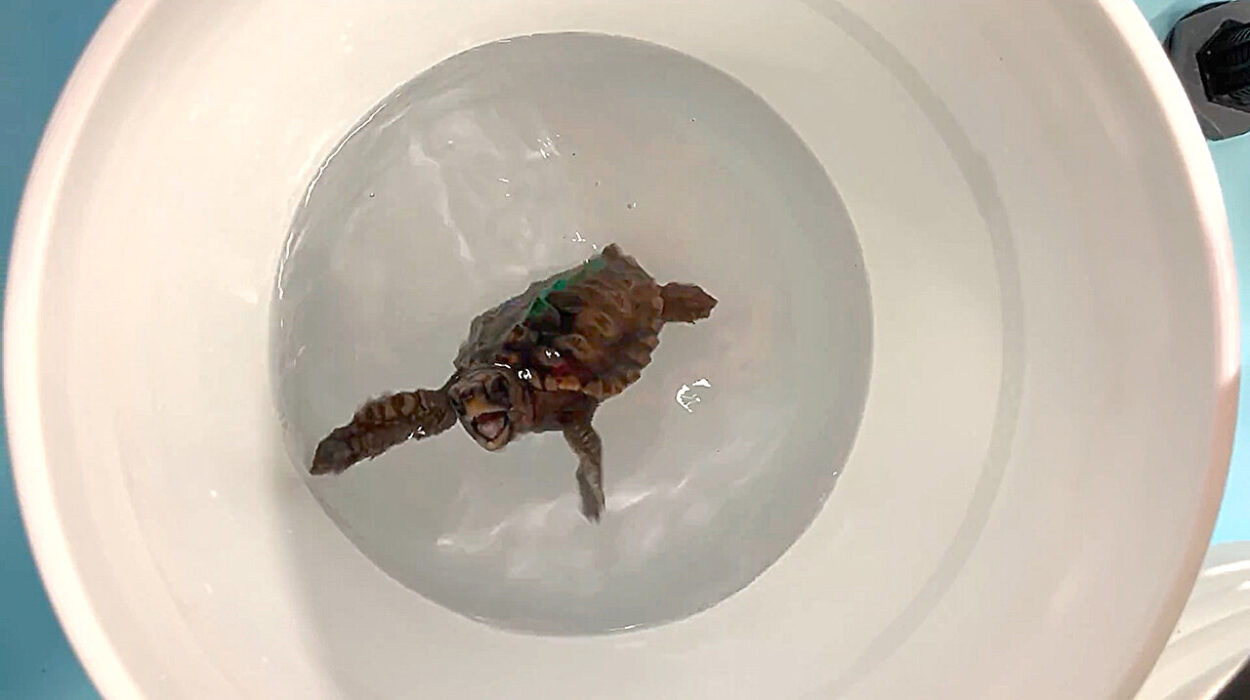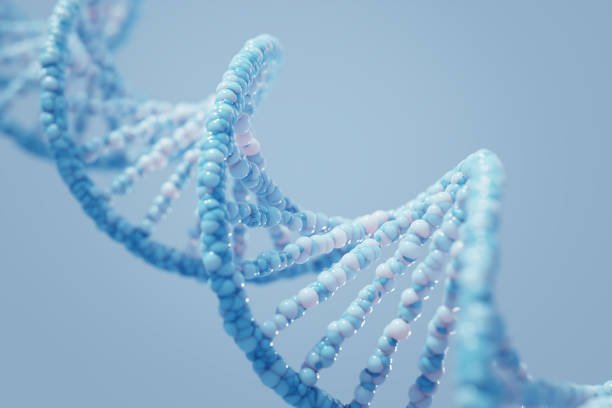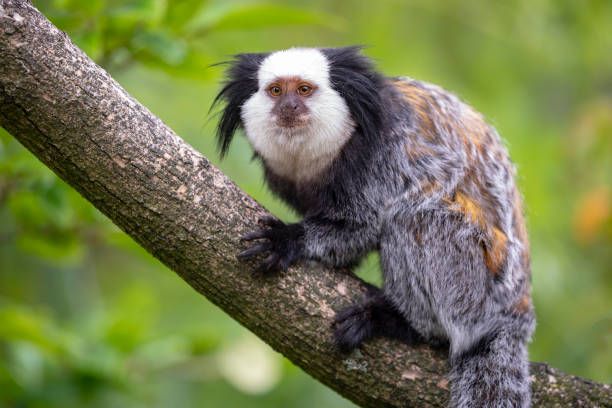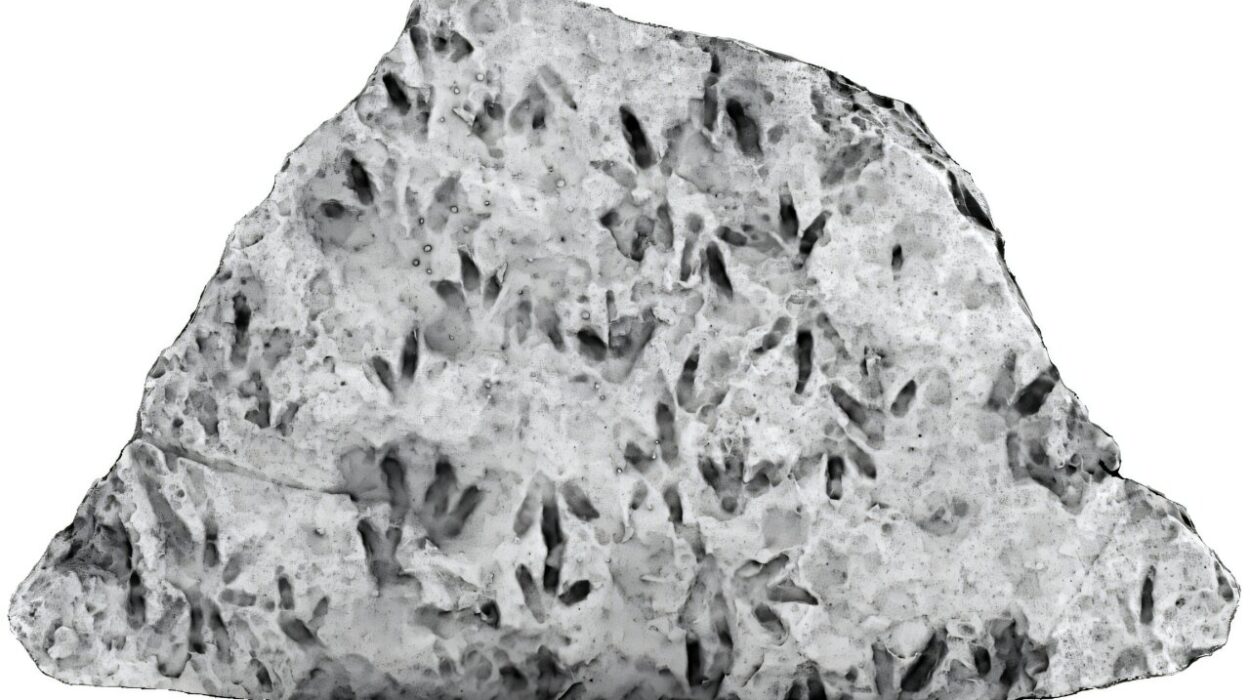In the quiet shadows of the rainforest floor, a Burmese python slides silently through leaf litter, its tongue flicking out, tasting the warm scent of life. When it strikes, its coils wrap tight, and hours later, a whole rodent—bones and all—lies swallowed in its belly. For centuries, this macabre feast seemed nothing short of alchemy: how does a snake not only consume an entire skeleton but leave not a splinter behind?
At last, science has peeled back the veil on this reptilian magic. New research published in the Journal of Experimental Biology has uncovered a previously unknown type of intestinal cell in Burmese pythons—specialized bone-digesting cells that can dissolve the skeletons of their prey completely, leaving no trace in their droppings.
It’s a biological feat few creatures on Earth can match—and one that might reshape how we understand digestion, nutrient absorption, and the evolutionary secrets hidden inside some of nature’s most formidable predators.
A Curious Mystery in the Snake’s Gut
While most carnivores are picky eaters, carefully stripping flesh from bones and leaving skeletal leftovers behind, snakes live by a different code. Many species, like the Burmese python, swallow prey whole, skull to tail tip. Yet researchers noticed something puzzling: when keepers feed captive pythons boneless meat, the snakes develop dangerous calcium deficiencies.
Bone, it turns out, is not simply optional roughage for a snake—it’s essential nourishment. But therein lay a dangerous paradox. Absorb too little bone, and snakes suffer bone loss and poor health. Absorb too much, and they risk lethal spikes in blood calcium. How, scientists wondered, do these bone-eaters strike such a perfect balance?
“We wanted to identify how they were able to process and limit this huge absorption of calcium through the intestinal wall,” explained Dr. Jehan-Hervé Lignot, Professor at the University of Montpellier in France and lead author of the study.
Peering Into the Python’s Hidden Architecture
To solve the riddle, Dr. Lignot and his team embarked on a microscopic expedition into the python’s gut. Using both light and electron microscopy, they meticulously examined the intestines of Burmese pythons after feeding experiments involving three diets: whole rodents, boneless prey, and boneless prey supplemented with calcium injections.
What they discovered was astonishing.
Under the microscope, nestled within the snake’s intestinal lining, the team found a new kind of enterocyte—a type of cell lining the gut responsible for absorbing nutrients. But these cells looked nothing like their neighbors. Instead of long, finger-like microvilli reaching into the gut to grab nutrients, these specialized cells were narrow, with short microvilli and an unusual fold at their surface forming a deep crypt.
Inside these crypts lay a treasure trove of particles composed of calcium, phosphorus, and iron.
“A morphological analysis of the python epithelium revealed specific particles that I’d never seen in other vertebrates,” Dr. Lignot said. “Unlike normal absorbing enterocytes, these cells are very narrow, have short microvilli, and have an apical fold that forms a crypt.”
Cells That Eat Bones So the Snake Doesn’t Have To
Here lay the answer to the puzzle of the python’s bone diet. When the snakes consumed whole rodents—or even boneless meat paired with calcium injections—the crypts inside these special cells filled with large mineral particles. But when fed boneless meat alone, the cells stayed empty.
Crucially, no bone fragments ever showed up in the snakes’ feces, proving the entire skeleton was dissolved and absorbed.
The researchers believe these cells act like microscopic factories, packaging excess minerals into particles safely stored within the cells, rather than flooding the bloodstream with dangerous levels of calcium or phosphorus. In effect, these cells let pythons harvest the nutritional gold hidden in bones without overdosing on minerals.
“This new specialized bone-digesting cell has now been identified in several python and boa species, as well as the Gila monster,” said Dr. Lignot, referencing the venomous lizard native to the American Southwest. “It’s a fascinating adaptation.”
Beyond Snakes: Clues to Nature’s Bone Eaters
While the discovery is revolutionary for understanding snakes, it raises tantalizing questions for the broader animal kingdom. Other creatures, too, live on bone-rich diets.
“Marine predators that eat bony fish or aquatic mammals must face the same problem,” Dr. Lignot noted. “Birds that eat mostly bones, such as the bearded vulture, would be fascinating candidates too.”
Bearded vultures, for example, have a legendary taste for bone. They can gulp down fragments as large as a baseball and digest them for their calcium. Whether these birds possess similar bone-handling cells in their guts remains an open question—and an exciting frontier for future research.
An Evolutionary Masterstroke
From the perspective of evolution, the python’s gut is a masterpiece of engineering. It transforms entire animals—including the mineral-rich skeleton—into life-sustaining energy, while avoiding the toxicity that could accompany excessive mineral absorption.
The implications are profound. By understanding how snakes manage mineral overload, scientists may gain insights relevant to human medicine. Disorders of calcium metabolism, bone disease, or nutrient absorption could one day benefit from lessons taught by the python’s extraordinary biology.
For now, though, the Burmese python remains a quiet marvel of nature, its coils hiding secrets that stretch back millions of years. With each mouse swallowed whole, it performs a chemical miracle, transforming sinew, bone, and marrow into life.
In the crypts of its gut, new cells spin minerals into hidden packets, keeping danger at bay while extracting the richest bounty evolution has to offer. The python, a silent shadow in the jungle, reminds us that sometimes the most astonishing secrets lie hidden in the darkest folds of the natural world.


